Diverse jeweller backgrounds shape inspiration and creativity
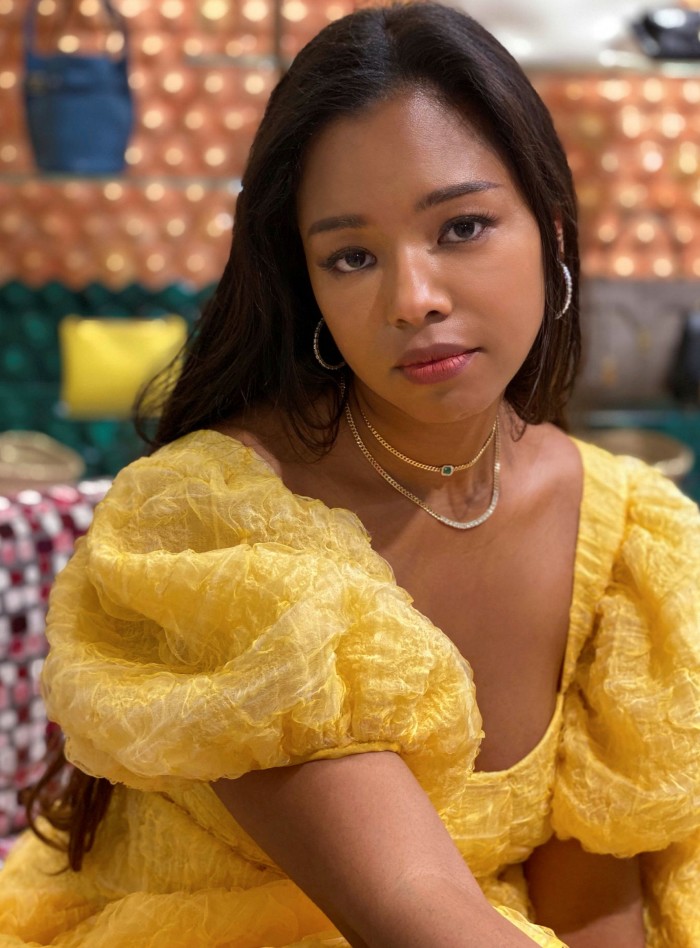
Roula Khalaf, Editor of the FT, selects her favourite stories in this weekly newsletter.
In hindsight, 2019 might not have been the best time for Melinda Zeman to start a jewellery business in Hong Kong. She launched her brand, Boochier, as the city saw its biggest political protests, with the Covid-19 pandemic following shortly afterwards.
“There was pent-up demand [for jewellery] but people were terrified of going anywhere [shopping] in public,” says the designer. Nevertheless, a system of private appointments at her showroom in Central District, on the southern side of Victoria Harbour, proved to be a great way to promote her mood-lifting jewellery.
Boochier has quickly gained recognition for its vibrant enamel and diamond rings, bracelets and necklaces, which reflect the colour and luxury of Zeman’s mixed-race heritage.
The half-Ghanaian, half-Chinese designer was born in England but has lived in Hong Kong since she was five. Her mother and grandmother loved Cantonese period dramas on television, and these kindled her love of jewellery.
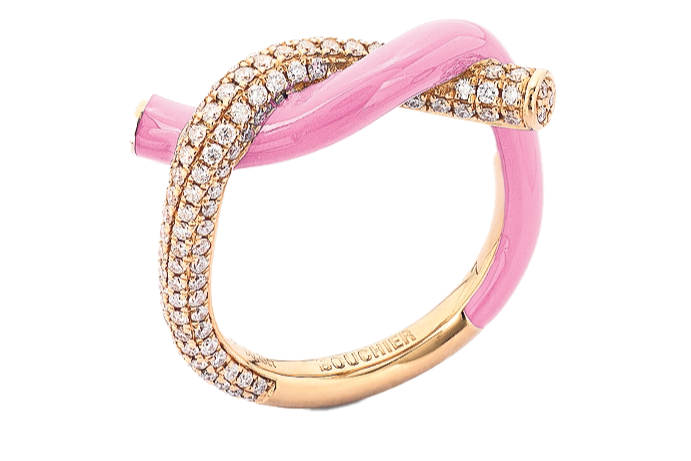
Zeman set out to create fine jewellery without pretension — pieces that could be worn day to night, and were colourful but different from the prevailing local taste for ultra-feminine pieces.
“What I love about Boochier is that I’m creating something unexpected, like I am unexpected,” says Zeman. “When people look at me, many can’t tell that I am half Chinese and are surprised when they hear me speak Cantonese.”
Her Ghanaian heritage seeps through in her love of colour and her choice of a black model for her brand imagery. “We try to make Boochier about inclusivity as much as possible,” says Zeman. “There’s been a lot of change in luxury fashion in the past five years but I do think the luxury jewellery business lags behind. You don’t feel inclusivity, you don’t see diversity and, for me, it is important to see change.”
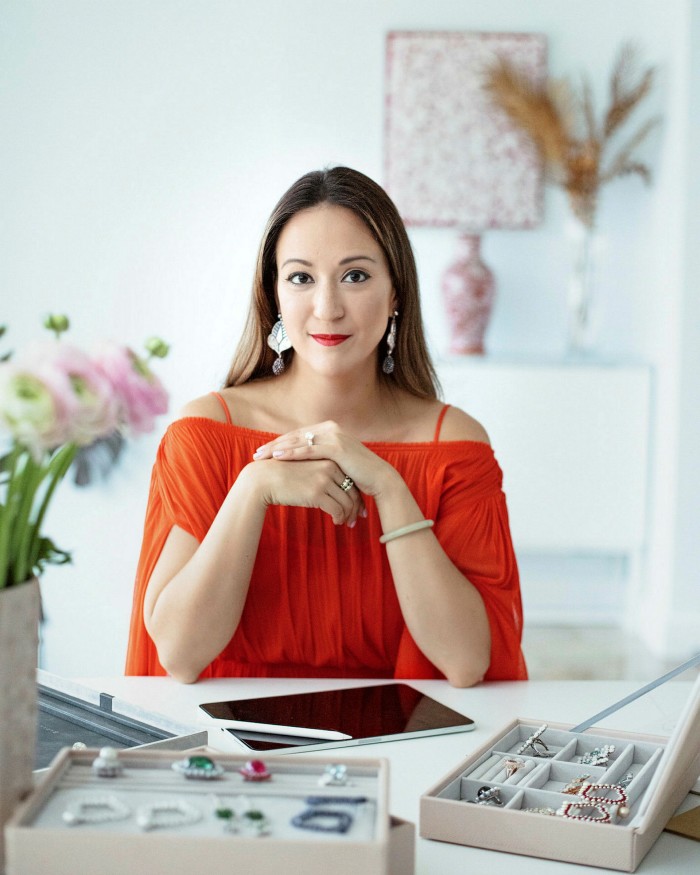
While Zeman is using her heritage in Hong Kong to encourage inclusivity, Sarah Ho, who was born in the territory, has spent 15 years building up her UK business, and introducing eastern tradition to London. An example of her work is the Numerati collection of rings, which is based on the Asian obsession with lucky numbers.
Ho chose London partly to prove to herself that she could make a success of her brand, on her own terms. Stanley Ho, her grandfather, was a billionaire businessman and she recalls a protected childhood in Macau. She tasted freedom at a British boarding school and embraced anonymity and independence, going on to study ceramics and jewellery design before launching her business.
“It’s hard, when you come from a family like mine, for people to think I’m here because of them,” says Ho. “I didn’t want to be labelled.”
Her designs, in particular her couture pieces, reflect her life: “At the beginning, I thought of simply focusing on my favourite things, beautiful imperial jade, which my grandmother always wore, mixed with natural pearls,” she recalls.
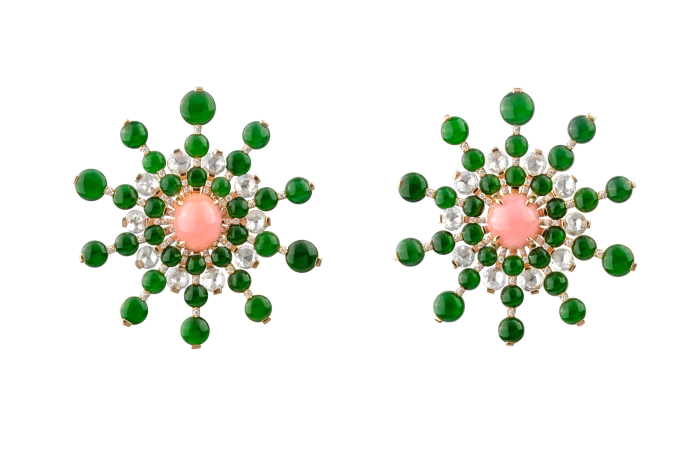
The Numerati collection similarly relates to her grandparents, whereas her bohemian designs are inspired by her mother, the late Suki Potier, who modelled for Ossie Clark, the Swinging Sixties fashion guru.
Ho’s Suki rings are made from recycled gold and repurposed gemstones where possible — examples of her sustainable approach to design. The idea came from her Hong Kong clients who had asked her to revamp their jewellery. “I thought maybe I could use antiques and add another chapter to their history, and that’s going well with clients in the UK and US.”
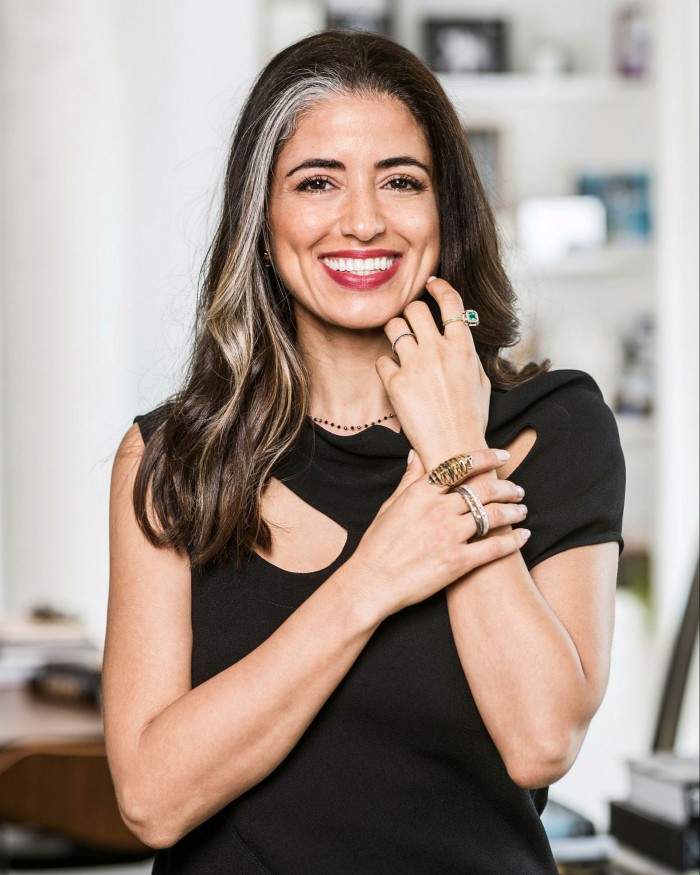
While the east-west trade in ideas is well-established, finding an Arab jewellery designer working in Shanghai is rare. But Lama Hourani, a Jordanian, is proving to be an ambassador for Arab artistry in the city, changing the stereotypical view of Middle Eastern women.
Her fine jewellery, in 18k gold, precious and semi-precious stones, is organic, personal, and worn like a second skin. Her silver collection is bolder, extravagant and rooted in the artistry of her Arabic heritage, yet is also drawn from her globetrotting.
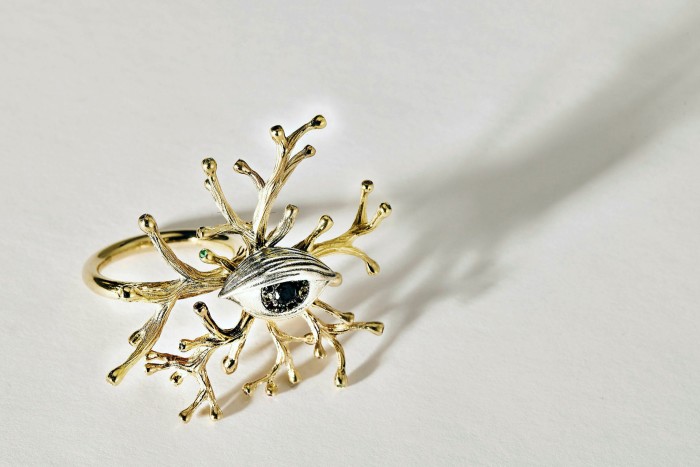
Hourani says she travels because of her husband’s business commitments. As a result, her brand is portable, with production handled in Jordan. “My clients are all around the world, and I had previously established my market [in China] when I was here between 2013 and 2016.”
Hourani describes her Chinese clients as “more open-minded and curious than I have experienced anywhere else.” She portrays them as well-travelled, self-established, independent women who buy for themselves, like many of her Arab clients.
She finds that the jewellery that attracts Chinese customers resonates with Arabs, too: “Tastes are very alike and the mentality of the customer I target is the same.” The only difference she has noticed is that Middle Easterners love turquoise and malachite while, in Shanghai, pastel-coloured gemstones sell well.
Comments